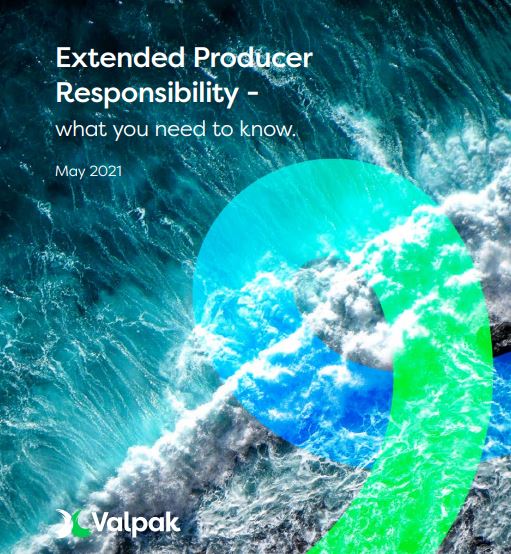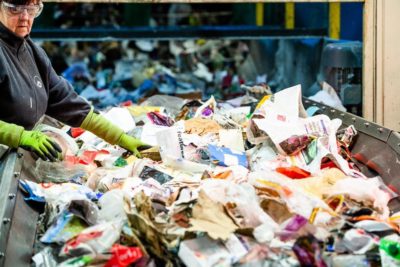The report says while EPR reforms aim to hold obligated businesses responsible for the costs, it is likely that some impact will filter along supply chains down to consumers.

Valpak says its report was “rapidly compiled within the short consultation period” to illustrate the potential impacts and help businesses respond.
The document aims to help businesses navigate the uncertainties around EPR by providing greater understanding of the options presented.
A spokesperson from Valpak said: “We know that the proposals for Extended Producer Responsibility are an awful lot to take in and to consider. But… we completed this analysis and report because we believe that it’s really important that all businesses have their say in the next stage of the consultation process. We can’t emphasise this enough”.
Below you can see Adrian Hawkes, policy director at Valpak, speak with letsrecycle.com’s Steve Eminton about the Department for Environment, Food and Rural Affairs’ consultation on EPR reform and also on the PackFlow EPR report.
(above, l-r, Steve Eminton, editor of letsrecycle.com hears from Valpak policy director, Adrian Hawkes about the organisation’s thoughts so far on the EPR consultation)
Costs
The four UK governments’ revised impact assessment increases the previously estimated first year cost of packaging EPR from £1.8 billion to as much as £2.7 billion.
Over £1 billion of this relates to household packaging waste management and its associated consumer campaigns, enforcement and administration, and the management of packaging litter. A further £1.5 billion relates to business and commercial and industrial packaging waste.
Valpak predicts the total cost of EPR over a year could add up to as much as £100 per household when you take the total costs outlined by the four governments and divide that by the number of households in the UK.

Valpak warned that although EPR is aimed at producers, “costs will spread across the supply chain”, so even if a company doesn’t face big charges, their supply chain will.
The report reads: “Although it is initially proposed that responsibility moves to brand owners and importers, the single party obligation will likely impact all businesses involved in bringing packaging and packaged goods to market, due to increased costs in the supply chain”.
Placing the entire cost of dealing with packaging waste on the producer could see some obligated businesses have their costs raise by 30 times, Valpak suggests, “although it will also lead to reduced direct costs for others”.
Business
The report also analysed EPR proposals and their impact on businesses, and gave eight case study examples of businesses ranging from clothing and DIY shops to pubs, drinks manufacturers and supermarkets.
For supermarket chains, if the costs fall to a single point seller’, Valpak’s report found costs rise from around £10 million to nearer £150 million under EPR reforms.
For a clothing retail chain, costs could rise from below £2 million to nearly £12 million; while a national pub/restaurant chain could also see costs rise from around £100,000 currently to £600,000.
Recyclers
Valpak predicts that recyclers and reproccessors will likely benefit under the system, both from greater levels of material supply and from demand for output.

Also, Valpak warned that while volatility cannot be entirely eliminated, under a reformed system any price fluctuations should be smoother than we have seen over the course of the PRN system.
“This will help obligated businesses with their budgeting as well as reprocessors with their investment plans,” the compliance specialist said.
Fee modulation may also provide additional money to fund improvements to collection, sorting or reprocessing infrastructure. It should also incentivise the use of material that can be easily recycled using existing infrastructure.
Related links
The Valpak report is available HERE









Subscribe for free